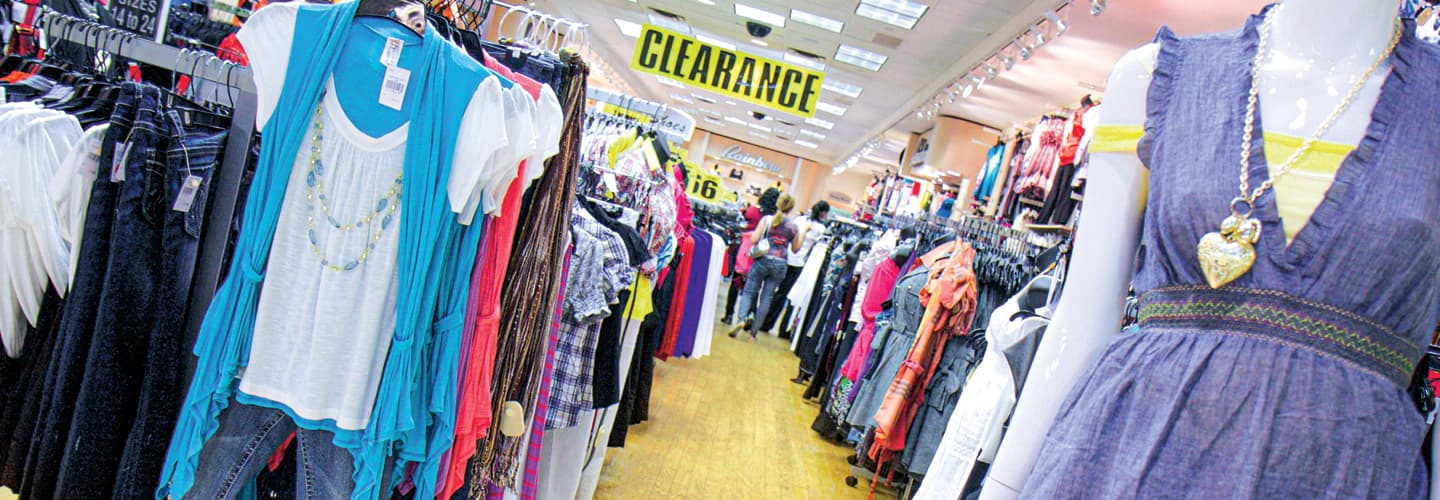While studying fashion design at the Academy of Art University in San Francisco, Chelsey Christina felt a lot of pressure to look stylish. She frequently shopped for new clothes at stores such as Zara and Urban Outfitters, always thinking about how the latest tops and pants would add to her social media feed.
“You don’t want to post twice in the same outfit,” says Christina, now 23, “so you’d feel like you always needed something new.”
This is a common issue for young people. Scroll through Instagram and TikTok’s “outfit of the day” hashtags, and you’ll find millions of posts on the newest fashions, from eye-catching shirts to the hottest sneaker designs. The daily barrage has many teens continually hunting for deals on the trendy looks that pop up on their feeds.
Chelsey Christina studied fashion design at the Academy of Art University in San Francisco. Attending the school made her feel a lot of pressure to look stylish. She often shopped for new clothes at stores such as Zara and Urban Outfitters. And she spent a lot of time thinking about how the latest tops and pants would add to her social media feed.
“You don’t want to post twice in the same outfit,” says Christina, now 23, “so you’d feel like you always needed something new.”
This is a common issue for young people. Scroll through Instagram’s and TikTok’s “outfit of the day” hashtags, and you’ll find millions of posts on the newest fashions. These posts feature everything from eye-catching shirts to the hottest sneaker designs. The daily stream has many teens always hunting for deals on the trendy looks that pop up on their feeds.

